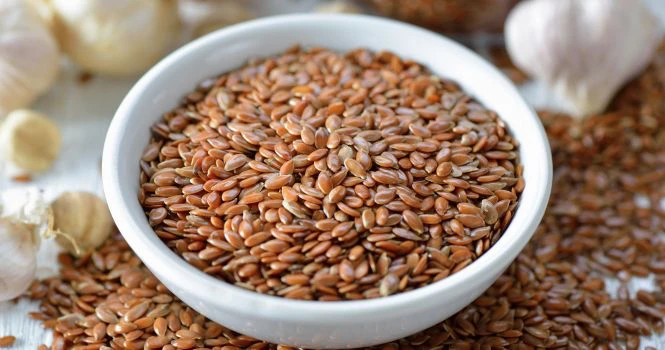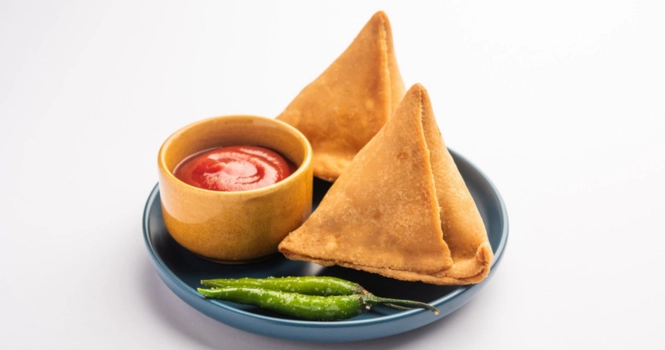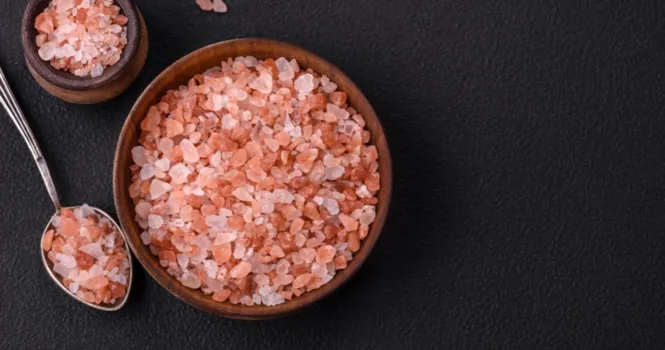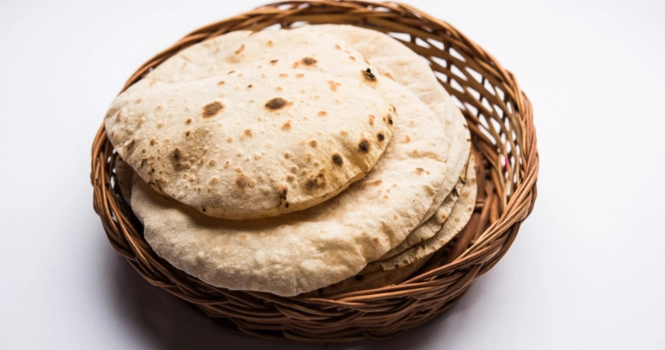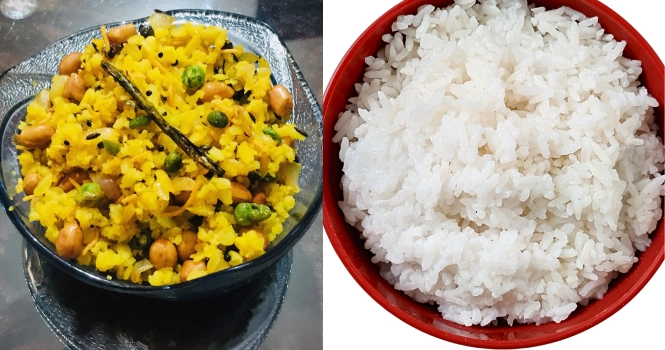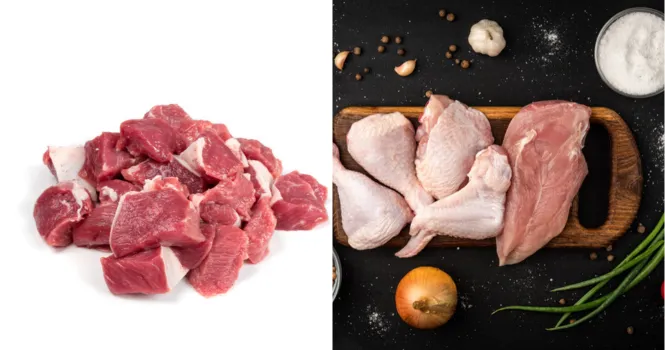The Sweet Treasure of the Desert: An Insight into Dates Fruit
In the vast, unforgiving landscapes of desert regions, where vegetation is sparse and life seems improbable, thrives a resilient and majestic tree – the Date Palm (Phoenix dactylifera).
It stands as a testament to nature’s incredible capacity to adapt and flourish under the most challenging conditions.
This tree bears a remarkable fruit known as the date, often referred to as the “Sweet Treasure of the Desert.”
This title is more than apt when considering the date’s remarkable nutritive value, its historical and cultural significance, and its ability to thrive in arid environments where few other crops can survive.

In this article, we will embark on a journey to explore the fascinating world of date fruits. We will delve into Dates fruit nutrition, the centuries-old history woven into the fabric of Middle Eastern and North African societies, and their economic importance to the regions they are indigenous to.
How Does a Date Palm Tree Look Like ?
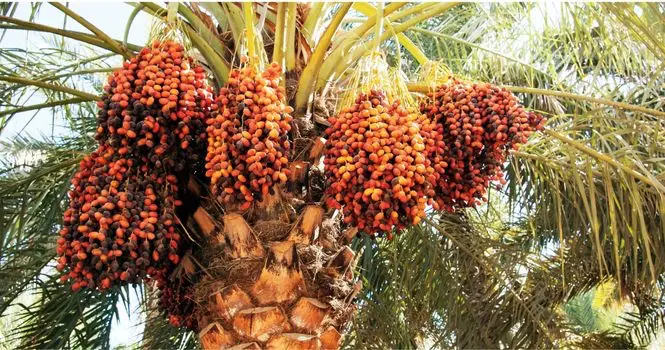
Where are dates grown?
Dates are grown in various parts of the world, primarily in arid and semi-arid regions where the climate is suitable for the date palm trees. The key regions and countries where dates are cultivated include:
1. Middle East and North Africa (MENA)
- Saudi Arabia: One of the largest producers of dates. The kingdom is home to different varieties of dates, including Ajwa, Safawi, and Khudri.
- Iran: A major producer known for high-quality dates such as Sayer, Zahidi, and Piarom.
- Iraq: Historically significant in date production; known for the Zahidi, and Ashrasi varieties.
- United Arab Emirates: Famous for the Dabbas, and Khallas varieties.
- Tunisia: Known for the Deglet Nour variety, often called the “queen of all dates”.
- Algeria and Morocco: Important North African producers of dates.
- Egypt: The world’s largest producer of dates.
2. South Asia:
- Pakistan: A significant producer of dates, with Sindh province being one of the major growing regions.
- India: Cultivates dates mainly in the states of Rajasthan, Gujarat, and Karnataka.
3. North America:
- United States: California and Arizona are the primary date-growing states in the US. The Medjool variety is especially popular.
- Mexico: Also cultivates dates, though in smaller quantities compared to the US.
4. Africa:
- Sudan: Known for producing the Barakawi and Gondaila varieties.
- Nigeria, Chad, and Mali: Also grow dates, mainly for local consumption.
5. Southern Europe:
- Spain: Some date cultivation exists in the southern region of Spain.
Date palms require a hot and dry climate for optimal growth, and they are well-adapted to withstand drought conditions.
Why Are Dates Most Commonly Grown in Desert Areas?
Date palms (Phoenix dactylifera) are typically grown in desert regions due to their unique adaptations that allow them to thrive in such arid conditions. The Reasons are
1. Heat tolerance: Date palms are extremely heat-tolerant. They can withstand temperatures as high as 56 degrees Celsius (133 degrees Fahrenheit) and as low as -6 degrees Celsius (21 degrees Fahrenheit) once established.
2. Drought resistance: They are extremely drought-tolerant. They have a deep root system that allows them to access moisture deep in the ground.
3. Salinity tolerance: They can grow in saline conditions, such as those found in desert soil or in areas irrigated with saline water, which are conditions that many other plants cannot tolerate.
4. Light requirements: They need a lot of sunlight for photosynthesis, and deserts provide ample sunlight year-round.
5. Soil Requirements: They can grow in a variety of soils, including the sandy and slightly alkaline soils often found in desert areas.
These adaptive characteristics have allowed date palms to be a reliable source of food in desert regions for thousands of years. They need long summers with high temperatures and mild winters to produce the sweet fruit, hence their prevalence in these areas.
Types of Dates Fruit
Dates come in various shapes, sizes, colors, and flavors. There are more than 2,000 different varieties of dates, but we will highlight some of the most popular and widely consumed ones:
1. Medjool:
Often referred to as the “king of dates”, Medjool dates are large, sweet, and have a rich, caramel-like taste. They are characterized by their soft texture and are often consumed fresh.
2. Deglet Nour:
Sometimes referred to as the “Queen of all Dates”, they are semi-dry and not as sweet as Medjool dates. They have a delicate flavor and are often used in cooking.
3. Ajwa:
A favorite in Saudi Arabia, these dates are small with a very soft and chewy texture. They are known for their distinctively sweet and fruity flavor.
4. Barhi:
These dates are small and round, with a rich, sweet taste. They can be enjoyed in both their yellow (khalal) stage when they are crunchy like an apple, and their ripe (rutab) stage when they are soft and sticky.
5. Khalas:
Popular in the United Arab Emirates, these dates are known for their sweet taste which some describe as similar to toffee.
6. Sukkari:
Literally meaning “sugary” in Arabic, these dates are extremely sweet and have a crisp, yet soft texture.
7. Sayer:
Predominantly grown in Iran, they are semi-dry, with a firm texture and a sweet flavor. They are one of the most common types used for export.
8. Zahidi:
These dates have a firm flesh and a subtle, nutty taste. They are medium-sized, and their color ranges from golden to light brown.
9. Thoori:
They are long, slender, and chewy with a sweet and nutty flavor. Thoory dates are also known as “bread dates” due to their dry and fibrous texture.
10. Safawi:
Originating from Saudi Arabia, they are dark brown, moderately sweet, and have a chewy texture similar to that of Ajwa dates.
11. Khadrawy:
These dates are soft, very sweet, and have a melt-in-your-mouth texture. They are often consumed fresh and are a favorite for snacking.
12. Iteema:
This variety is very large and extremely sweet, with a chunky, almost meaty texture.
13. Piarom:
Often considered among the most luxurious and expensive varieties, Piarom dates have a unique flavor and a very meaty flesh. They are grown primarily in Iran.
14. Rabbi:
Mainly produced in Pakistan, Rabbi dates are elongated, with mild sweetness and a chewy texture.
Each variety of date has its own unique taste and texture, and can be used in different ways, whether it’s for snacking, cooking, or baking. The availability of specific varieties may vary depending on the region and season.
Nutritional Facts of Dates Fruit
Nutritional profile for 50 grams of Medjool dates, which is roughly equivalent to 2 large dates or 3-4 smaller dates.
| Nutrient | Amount |
| Calories | 167 |
| Protein | 1.4 g |
| Total Fat | 0 g |
| Saturated Fat | 0 g |
| Trans Fat | 0 g |
| Cholesterol | 0 mg |
| Total Carbohydrate | 45 g |
| Dietary Fiber | 4 g |
| Total Sugars | 39 g |
| Potassium | 332 mg |
| Calcium | 22 mg |
| Iron | 0.5 mg |
| Magnesium | 21 mg |
| Vitamin B6 | 0.1 mg |
| Vitamin K | 2.7 µg |
Please note that the nutritional values of dates can vary slightly depending on the variety and ripeness.
Can Diabetics Eat Dates?
Dates, while nutritious, are high in natural sugars, which can raise blood sugar levels.
The Glycemic Index (GI) of a food measures its impact on blood sugar levels. Foods with a high GI can cause a rapid rise in blood sugar, while those with a low GI cause a slower, more steady increase.
The GI of Dates can vary depending on the type and ripeness, but it generally ranges from 43 to 55, placing them in the low to medium category. Despite this, due to the high carbohydrate content in dates, the Glycemic Load (GL) – which factors in both the GI and the amount of carbohydrate in a serving – can be relatively high.
For people with diabetes, it is important to monitor carbohydrate intake and maintain a balanced diet. Dates can be included in a diabetic diet, but portion control is crucial.
Eating a small number of dates, along with a source of protein or healthy fat to slow down the absorption of sugars, can be a part of a balanced meal plan for people with diabetes.
It’s important to note that individual responses can vary, and what works well for one person might not work as well for another.
People with diabetes should monitor their blood sugar levels and work closely with their healthcare provider or a dietitian to determine the dietary choices that work best for them.
7 Health Benefits of Dates
Dates are not only delicious but also packed with a variety of nutrients that offer numerous health benefits. Here are seven health benefits of consuming dates:
1. High in Fiber:
Dates are high in dietary fiber, which is beneficial for digestive health. Fiber can help prevent constipation, promote regular bowel movements, and enhance overall gut health. Additionally, fiber helps in managing blood sugar levels by slowing down the absorption of carbohydrates.
2. Rich Source of Potassium:
Dates are high in potassium, a mineral that is crucial for several bodily functions, including maintaining fluid balance, nerve transmission, and muscle contractions. Potassium is also important for heart health, as it can help lower blood pressure and reduce the risk of stroke.
3. High in Natural Sugars (Energy Booster):
Dates are packed with natural sugars, including glucose, fructose, and sucrose, which provide a quick source of energy. This makes them a great choice for an afternoon snack or a pre- or post-workout boost.
4. Rich in Antioxidants:
Dates contain various antioxidants, including flavonoids, carotenoids, and phenolic acid. These compounds can help protect cells from damage by free radicals, and are believed to reduce the risk of chronic diseases such as heart disease, cancer, and brain disorders.
5. Promotes Heart Health:
The potassium and magnesium found in dates can help lower blood pressure, which is a key factor in heart health. The antioxidants in dates also contribute to reducing inflammation and preventing atherosclerosis, which are risk factors for heart disease.
6. Supports Healthy Pregnancy and Labor:
Some studies suggest that consuming dates during the last few weeks of pregnancy can promote cervical dilation and reduce the need for induced labor. Dates are also a good source of natural sugars and energy, which can be helpful during labor.
7. Promotes Brain Health:
Dates contain compounds that have anti-inflammatory properties which are beneficial for brain health. They can reduce oxidative stress and inflammation in the brain, potentially reducing the risk of neurodegenerative diseases such as Alzheimer’s.
It’s important to keep in mind that while dates are nutritious, they are also high in calories and natural sugars, so they should be consumed in moderation, especially for individuals who need to manage their blood sugar levels.
Frequently Asked Questions
As a nutritious and popular fruit, dates often pique people’s curiosity. Here are five of the most frequently asked questions regarding dates:
Are Dates Good for You?
Yes, dates are good for you when consumed in moderation. They are rich in dietary fiber, antioxidants, and essential nutrients like potassium, magnesium, and vitamins.
However, they are also high in natural sugars and should be eaten responsibly, especially by individuals watching their sugar intake.
Can Diabetics Eat Dates?
People with diabetes can consume dates, but in moderation and with caution. Dates have a low to medium glycemic index, but they are high in carbohydrates and natural sugars. It’s important to monitor blood sugar levels and ideally pair dates with proteins or healthy fats to stabilize the glycemic impact.
How Can I Use Dates in My Cooking or Baking?
Dates are highly versatile in the kitchen. They can be eaten fresh, used as a natural sweetener in smoothies, or chopped into salads and cereals.
Dates are also popular in baking, where they can replace sugar or serve as a binding agent in bars and energy balls. Also, they can be used in making sauces, chutneys, or stuffed with nuts and cheese for a snack.
Do Dates Help With Constipation?
Yes, dates can help alleviate constipation due to their high fiber content. Consuming dates regularly can contribute to bowel regularity. For a more immediate effect, some people soak dates in water overnight and consume them the next day.
How Should I Store Dates and What Is Their Shelf Life?
Dates should be stored in an airtight container to keep them fresh. They can be kept at room temperature if you plan to consume it quickly but for longer storage, it’s best to keep them in the refrigerator or freezer.
Refrigerated dates can last between 6 months to a year, while frozen dates can last even longer.
![]()
